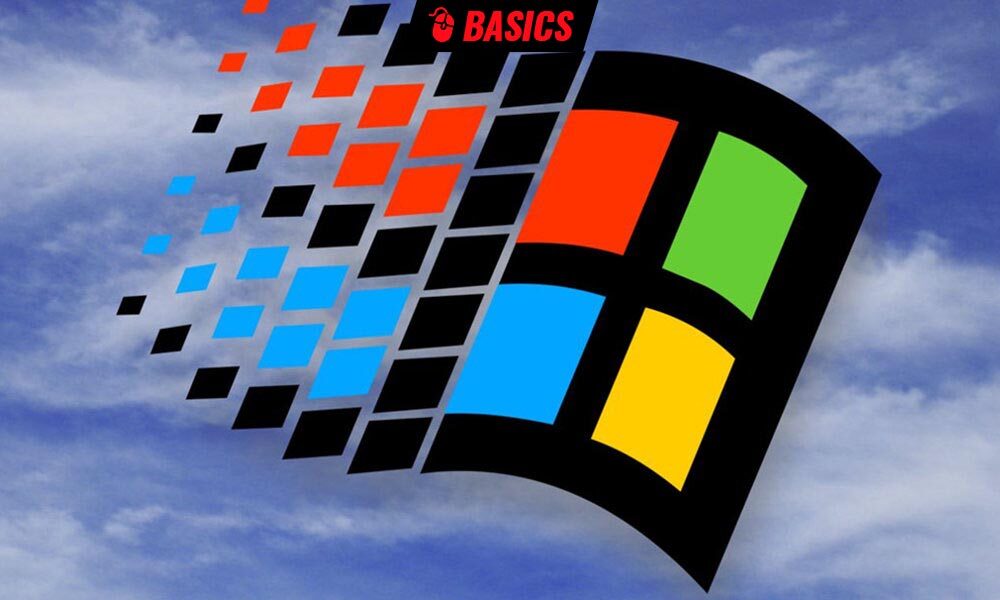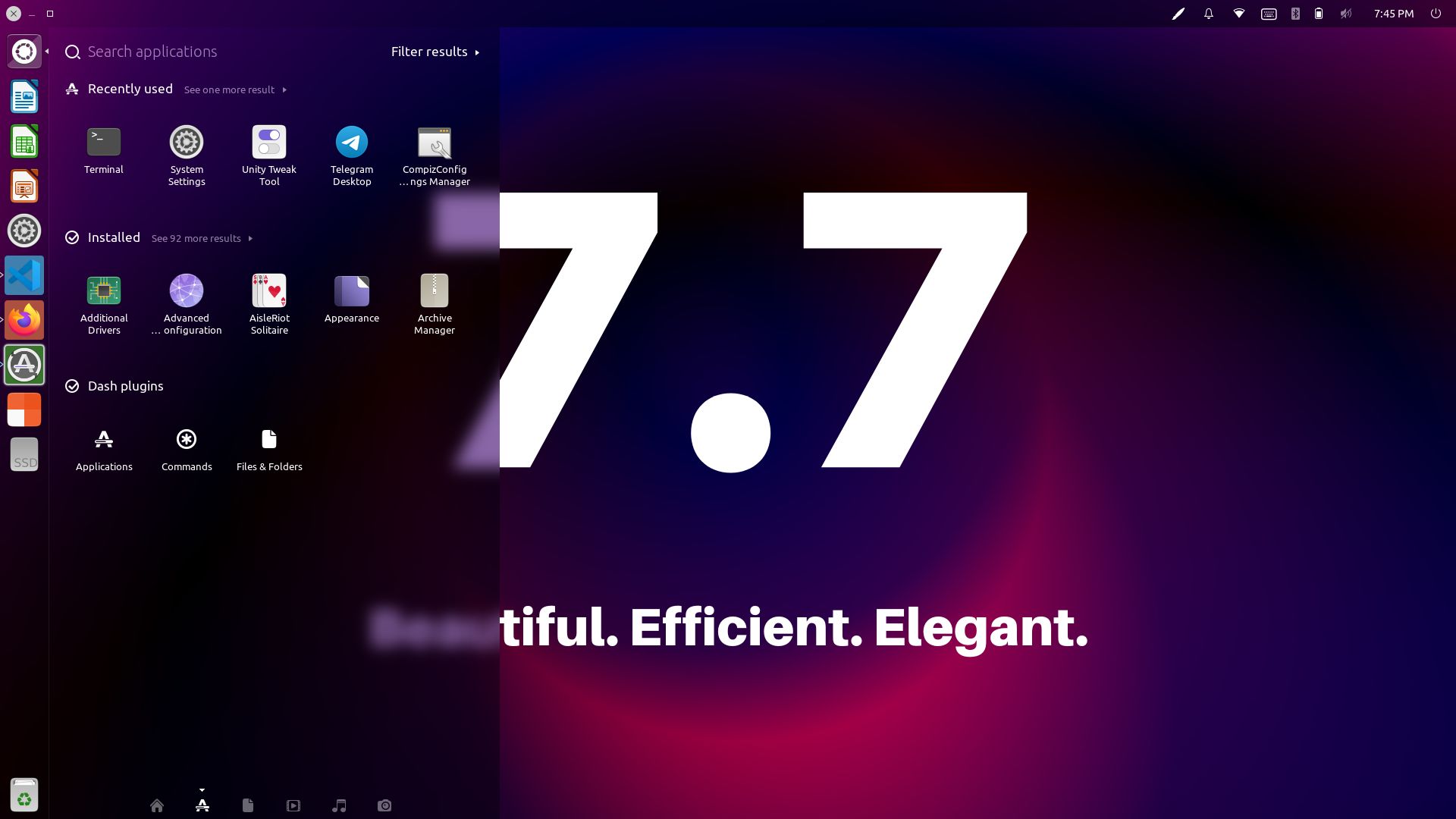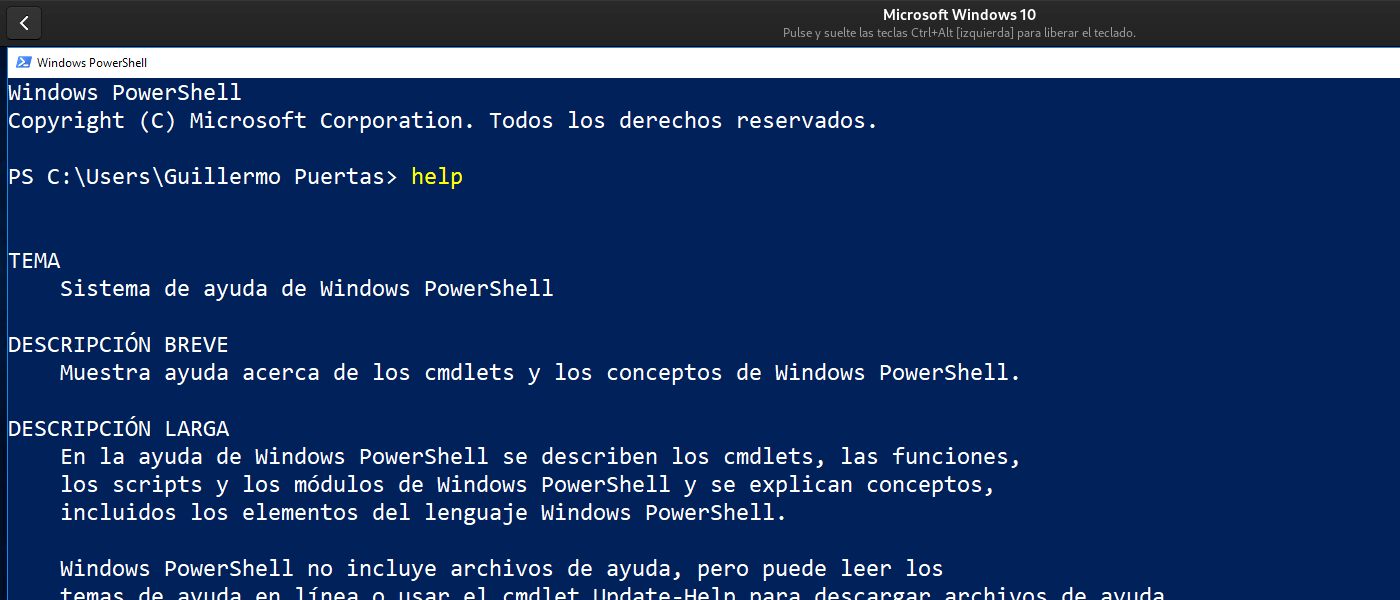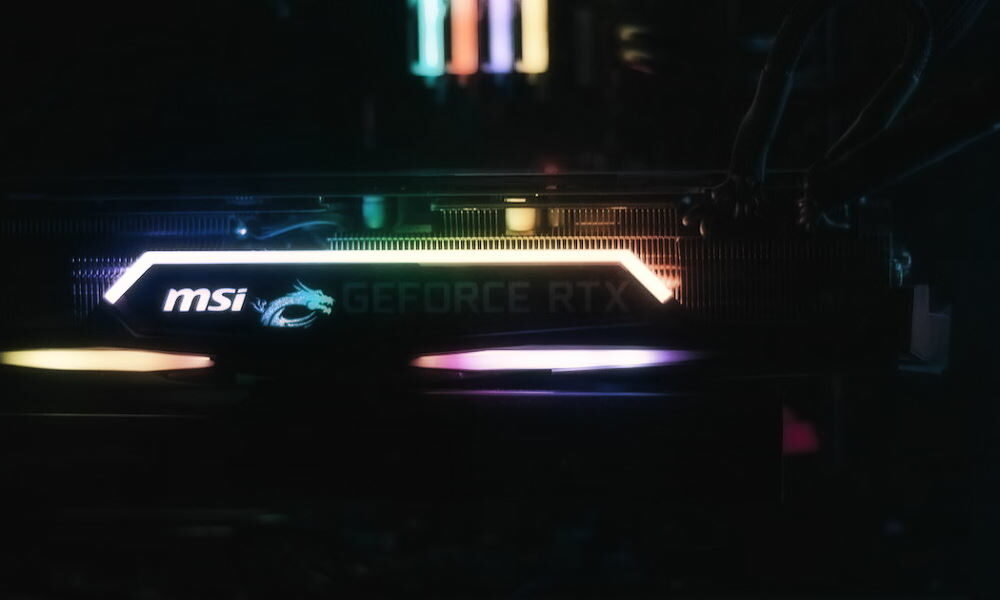
You would be surprised to know the number of people who, despite using it daily, do not know what the operating system is and, therefore, what its functions are and the reasons why it is an essential element. This was already the case decades ago, with the proliferation of computers, but it has grown exponentially with the advent of new devices, as well as the introduction of electronics into many aspects of our lives. We spend the whole day interacting with operating systems, so it is important that we are able to understand what they are, what they offer us and of course, therefore, also what we cannot expect from them.
Yes, you read that correctly, although many people tend to associate the concept of operating system with the computer, and also mostly with mobile devices (smartphones, tablets, etc.), the truth is that its presence is not limited to these, very often On the contrary, we can find operating systems in cars, televisions, coffee makers. Obviously not the same on some devices as on others, but don’t worry, we’ll detail that a little later. For now, let’s start by answering the main question.
What is the operating system?
· It is the set of software responsible for intermediating between the hardware and the applications, and at the same time it also provides an interface between the system and the user. Imagine each component of the PC as a member of an orchestra, each one with a different instrument, possibly a different formation (although, of course, with common elements that make them “compatible” with each other) and that they “speak” in a language, that of the score, incomprehensible to the vast majority of people, including all the people who attend his concerts.
The conductor of the orchestra is primarily responsible for ensuring that all the members of the band act in unison, in an integrated manner, also in cases where there is direct interaction between two or more members of the orchestra. And, of course, he takes it upon himself to make what could be meaningless and unpleasant cacophony become understandable and enjoyable for the people who are listening to it. With nuances, of course, but this analogy can help you better understand the reason for the operating system and, therefore, why you need it whenever you interact with a device or even when, passively, it is working.
Types of operating systems
We can make classifications based on different criteria. However, we can distinguish, mainly, between these types of operating systems:
- operating systems desk: the best known, Windows, macOS, Linux, etc., are those that we find in personal computers, whether they are desktops or laptops.
- Operating systems mobile: the main examples in this case are iOS and Android but, as we told you a few days ago, there are other interesting alternatives. Similar, in functions and definition, to the desktop ones, the only difference is that they are specific to smartphones, tablets, etc.
- Operating systems embedded: used in electronic devices such as routers, smart TVs, cars, etc.
- operating systems server: its own name indicates it, they are operating systems designed, specifically, for systems that will fulfill the role of server, whatever type it may be. Among them we find Windows Server and multiple proposals based on Linux, among others.
- operating systems in real time: used in critical applications that require an immediate and totally reliable response.
We can also classify them based on whether their purpose is more or less specific. In this case we have the following:
- General purpose operating systems: are the ones we find in computers, smartphones, tablets and devices of this type. When speaking of general purpose, we can also identify them as multipurpose, since they have been designed to accommodate a huge number of different uses, making them adapt to the needs of the vast majority of users.
- Specific purpose operating systems: in this case we are talking about an operating system that has been specifically designed for a particular purpose. Here we find, mainly, those of embedded systems, although we can also consider that server operating systems are in this category.
Another classification that we can use has to do with its interface and, therefore, the way in which we interact with them. In this regard we can distinguish, mainly, between these groups:
- Graphic interface: This is the type of operating system to which we are most accustomed, since it is present in the vast majority of computers and mobile devices. Windows, macOS, Android, iOS, etc., use a graphical environment with a large number of visual metaphors to make it easier for the user to use. Graphical interfaces played a key role, mainly in the nineties, for the popularization of computing outside the professional environment.
- command line: Even if you don’t know what it consists of, surely on many occasions you have seen the image of someone controlling a computer using text commands. Most users feel a lot of rejection towards this type of interface, since they are much more complex, require prior knowledge of the commands and their parameters, and visually, of course, they are much more Spartan. However, the command line is highly valued in the professional environment, as it tends to be faster, more flexible, and more reliable than the graphical mode. Here are some reasons why maybe you should give it a try.
- web interface: although we could include the operating systems of this group among the two previous ones, the particularity is that they do not have their own interface elements. Instead they have an integrated web server, which we can access remotely through a web browser to use them. If you have ever used your web browser to access addresses like 192.168.0.1 or 192.168.1.1 to make any adjustments to your router’s configuration, you have already used an interface of this type.
- physical interface: This is the least common type, but not non-existent. The elements to access the functions of the operating system, as well as to know its status and that of the activities it manages, is based exclusively on physical elements, such as buttons and other controls, leds, information screens, etc. A closer example of a physical control interface can be found in television remote controls.
At this point it is important to clarify that some operating systems may offer two or even three of these modes. For example, Linux is at its core a command line operating system, but many of its distributions include, by default, graphical environments that are installed with the system. Another example of this are server operating systems, since many of them can be installed only in command line mode (the preferred option for most administrators) or with a graphical interface that complements the command line.
In the opposite direction, we find Windows and macOS, operating systems with a graphical interface, but which also offer one or more console tools that allow many of the system tasks to be carried out through the command line.
Why do I need an operating system?
Surely, at this point, you are already perfectly capable of answering this question for yourself. Without the operating system the devices cannot function, but even if they did, we would not be able to use them. This explains why, although we can count the most popular operating systems on our fingers, in reality the list of all of them, or even just the most relevant ones, is incredibly longer than most think, as you can see. here.





